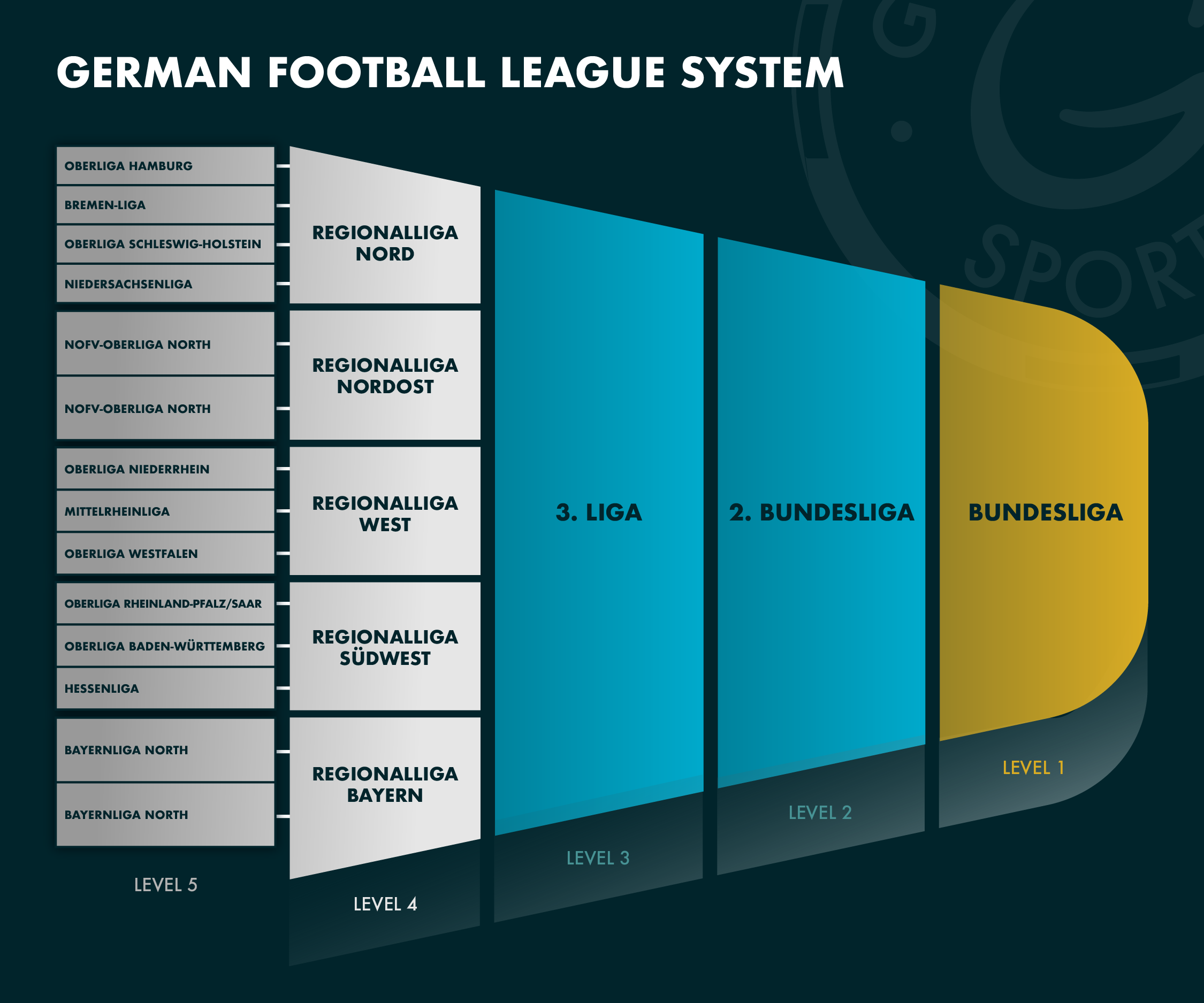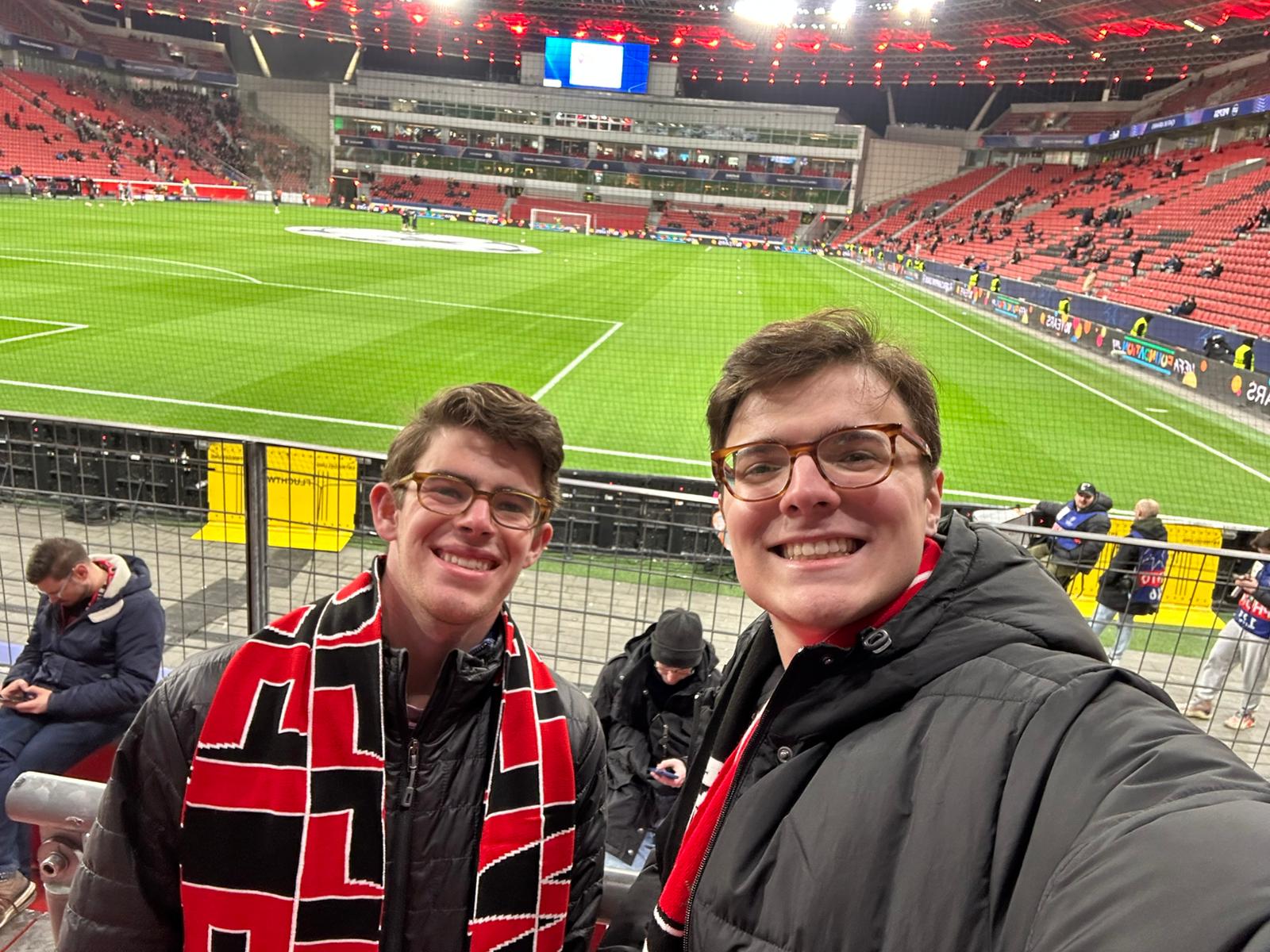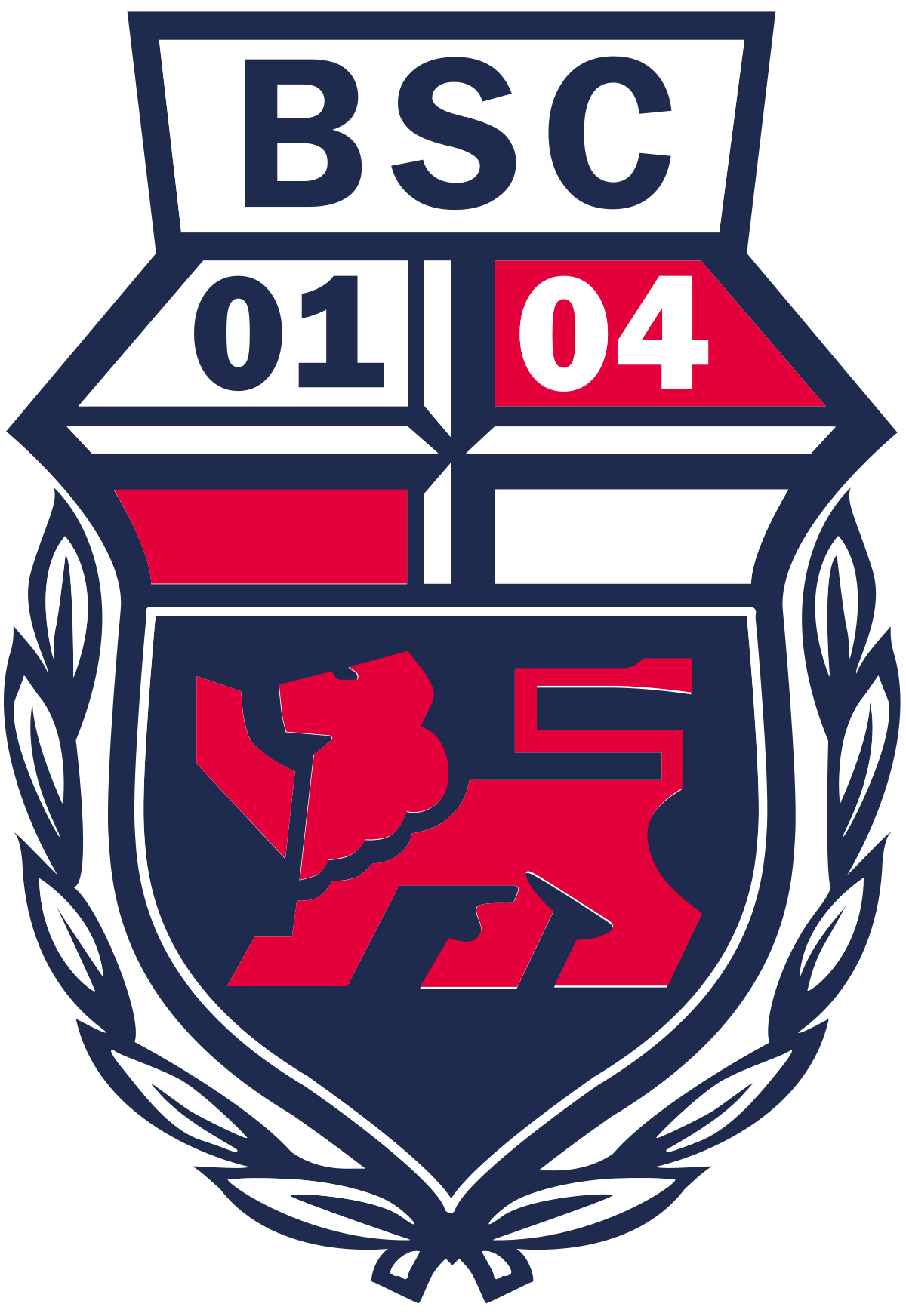German Sports Infrastructure: The Football Pyramid
The soccer or football pyramid is the infrastructure behind the scenes that only the soccer nerds and dedicated fans tend to understand and German has one of the most extensive in the world. Germany’s soccer system consists of 2,235 leagues spread across 13 different levels, involving more than 31,000 teams. It is built on the German football pyramid, a tiered league structure that enables clubs from the smallest towns to dream of one day reaching the elite level of the Bundesliga on the European stage. This is a common structure in Europe using a promotion and relegation system, which does not exist on a professional level in the United States.

The pyramid is capped by the Bundesliga, Germany’s top professional division, consisting of 18 clubs. Known for high-quality play, strong fan support, and financial sustainability, the Bundesliga is considered one of Europe’s top five leagues. The top teams like Bayern Munich, Borussia Dortmund, Leverkusen, and many others not only dominate domestically, but are also consistent contenders in European continental competitions like the Champions League. In these continental championships the German clubs face other top european teams. I was able to see one of these matches where Leverkusen played Sparta Prague in their last match of the group stage. Check out Andrew’s blog post about that experience.

Below the Bundesliga is the 2. Bundesliga, the second tier, also comprising 18 teams. This league is highly competitive and features a mix of recently relegated top-tier teams and ambitious clubs vying for promotion. Promotion and relegation between the Bundesliga and 2. Bundesliga occurs each season: the top two teams move up automatically, while the third-placed team enters a playoff with the 16th-placed Bundesliga team. German teams at this level and in the Bundesliga must conform to the 50 + 1 ownership structure. This means that the members or fans must own the majority of the club and outside investors can not have outside influence. This leads to larger financial stability given the larger oversight and maintains the grassroot nature of German football ensuring the entire community is involved.
The 3. Liga forms the third level of professional football and is overseen by the German Football Association (DFB) like the above leagues. It bridges the gap between the professional and semi-professional ranks. Like the 2. Bundesliga, it features promotion for the top two teams and a playoff for the third, while the bottom four are relegated.

Below this, the pyramid expands regionally into the Regionalliga, the fourth tier, which is divided into five geographic divisions: Nord, Nordost, West, Südwest, and Bayern. These leagues are semi-professional and serve as a stepping stone for young players and place for smaller clubs and older players to maintain playing on at a competitive level. Promotion from the Regionalliga to the 3. Liga is not automatic due to the imbalance in the number of divisions, so a playoff system is used for the top teams in each division.
The fifth tier is the Oberliga, followed by numerous lower leagues: Landesliga, Verbandsliga, and Kreisliga. These leagues are fully amateur and are run by regional and local football associations with oversight from the DFB. Clubs at this level are predominantly grassroot operations run by volunteers and built on community support. Bonn’s local team, Bonner SC, plays at this level in the Mittelrheinliga, the fifth tier regional league of the Middle Rhine.
The German soccer pyramid is a refined system built on grassroot values with great community and fan support as seen by it regularly having the highest attendance among all professional leagues. It should be an example to other countries on running an efficient, productive, and properly structured system.
– Bram H.
References:
Bonner Sport-Club 01/04 e. V. (n.d.). Bonner SC. https://www.bonner-sc.de/home
Fußball-Verband Mittelrhein. (2016, March 16). Herren Meisterschaft. Fußball-Verband Mittelrhein. https://www.fvm.de/herren/meisterschaft/
What level can a college soccer player play in Germany?. Germany Soccer Academy. (2024, June 27). https://germany-socceracademy.com/college-to-germany-soccer-level/
